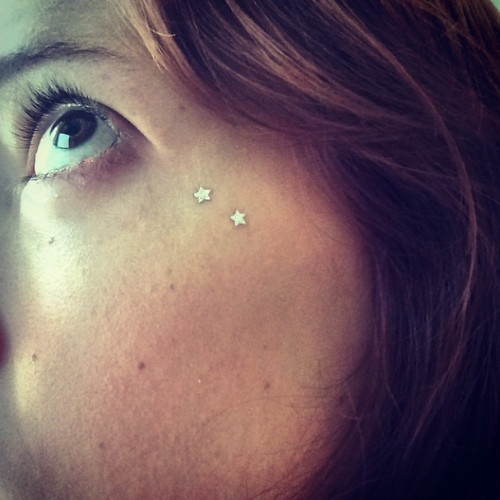How swim tracking works on the Apple Watch Series 2 and 3

"Damn it, Jim, I'm a roller skater, not a swimmer!" — me, more or less
When I reviewed the Apple Watch Series 2 and its swim-tracking capabilities in 2016, I felt more than a little under-prepared to do so, largely because I don't swim. I can swim — well, to the extent that I could fall out of a boat and keep myself from drowning until help arrived. But if you ask me to demonstrate the difference between a butterfly and breast stroke, or the proper form for a flip turn, I might well look at you like you'd grown an extra head.
I eventually tested swim tracking the way I suspected many Apple Watch users were going to swim: In a pool and by the beach, exploring the water. But even my lackluster swimming abilities and testing didn't stop me from being curious about the science behind what Apple had accomplished. From my review:
When you swim in open water, your Apple Watch will create a GPS-based swimming map for you to look at afterward. GPS signals don't penetrate water, so the Watch grabs a connection any time your hand is above water mid-stroke. This pitch sounded pretty dicey to me — that's a very short amount of time to properly talk to a satellite — but in my brief 10-minute test, it worked pretty well. (Admittedly, not hard to do, given that I swam straight out, then straight back.) The resulting workout in the Activity app also attempts to analyze your dominant stroke, distance, and pace.All in all, a fun experiment, though I'd love to see professional athletes give this a more thorough test — surely the drag of an Apple Watch wouldn't slow down the lap time of champion swimmer Katie Ledecky.
Well, PopSci didn't necessarily get Katie Ledecky in the pool for its recent dive into the Apple Watch Series 2 and 3's swim-tracking methods, but Rob Veger did chat with Jay Blahnik, director of fitness and health technologies at Apple and the company's resident fitness champion. From PopSci:
Apple built its own algorithms to discern the stroke of swimmers of all skill levels, as well the calories they're burning. The process involved gathering data from more than 700 swimmers and over 1,500 swim sessions. And Apple gathered even more data from people swimming in place (in an "endless" pool) while wearing a mask that descended from the ceiling.That's a lot of data. And all that data is required, because skill level affects form. "If you are Michael Phelps, you're distinctively making very good differences between those four strokes—the backstroke, freestyle, breaststroke, and butterfly," says Jay Blahnik, who directs fitness and health technologies at Apple. "If you are me, it turns out that once you look at the signals from the gyroscope and accelerometer, they're not as strong and as clear."
There's also some great data on the specifics of how the accelerometer and gyroscope are working, courtesy Apple's director of engineering for location and motion services, Ron Huang.
The accelerometer measures motion, and the gyroscope determines how many degrees the watch is rotating per second. Together, those sensors help Apple figure out the stroke type."What we're looking at is literally the trajectory of your wrist as you're doing each stroke," Huang says. Butterfly and freestyle look most similar to the watch's sensors, which presents their biggest "confusion matrix." But it's important to get it right, as stroke type affects how many calories you burn. Butterfly, for example, can burn about 40 percent more calories than breaststroke.To complicate matters, the gyro has a tendency to indicate that the watch is rotating, even when it's not—a phenomenon called gyro drift. For example, your wrist could be still, but the gyro might say it's rotating by 10 degrees per second. In this instance, Apple relies on the accelerometer to find the ground truth. If it sees from the accelerometer that you're not moving, but the gyro still shows rotation, it can learn by what amount to discount the gyro's reading.
If you're interested in learning more, check out PopSci's full article. I may never take advantage of most of these features, but I'm sure glad Apple is testing them so thoroughly — it gives me hope for all the other exercise tracking the company is working on. (PS, Apple: If you ever need a test subject for skating exercises, give me or the Bay Area Derby folks a call.)
PopSci — Deep dive: How exactly the Apple Watch tracks swimming
Master your iPhone in minutes
iMore offers spot-on advice and guidance from our team of experts, with decades of Apple device experience to lean on. Learn more with iMore!
Serenity was formerly the Managing Editor at iMore, and now works for Apple. She's been talking, writing about, and tinkering with Apple products since she was old enough to double-click. In her spare time, she sketches, sings, and in her secret superhero life, plays roller derby. Follow her on Twitter @settern.
Most Popular





